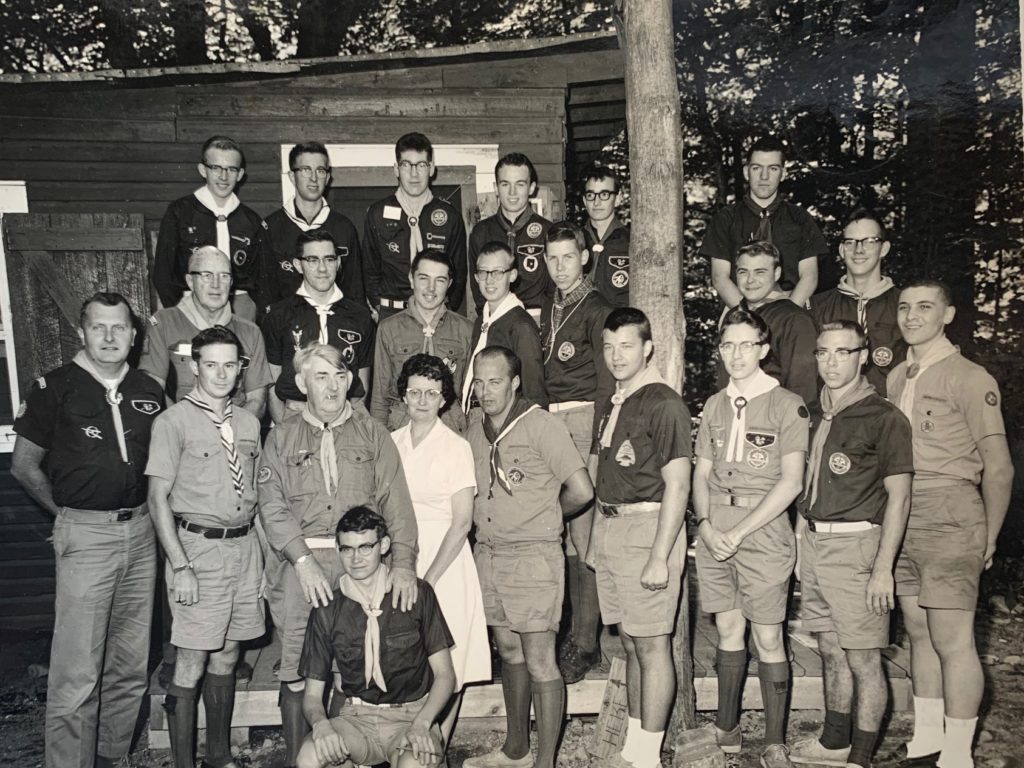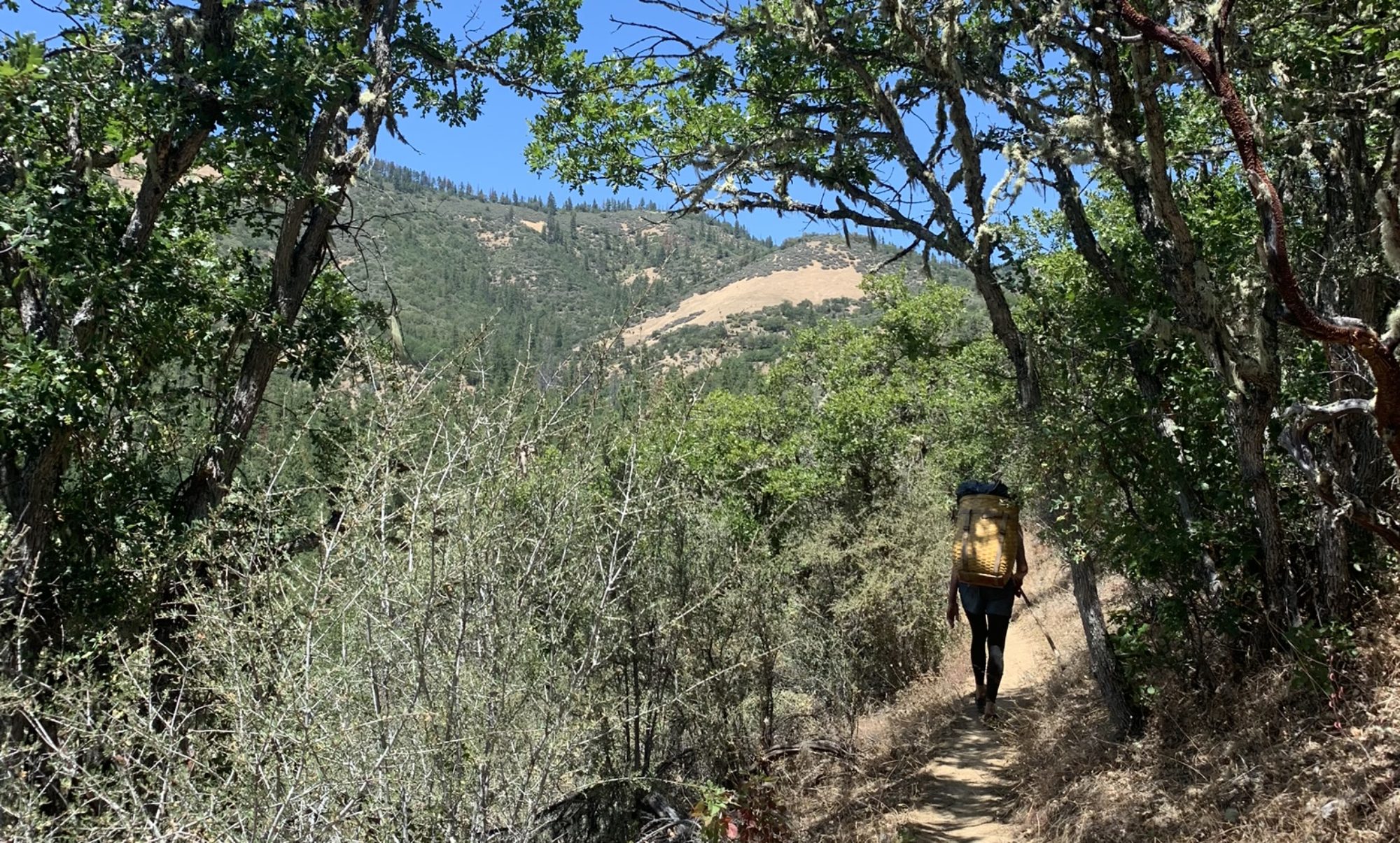A true story of creative non-fiction.

By Tomi Hazel Vaarde
Tommy’s dad was an electrician. Tommy was small and wiry so his dad sent him up old chimneys and into tight crawl spaces with wires to pull through. His wall tent on it’s wooden platform stood next to the Nature Lodge, where he, at fifteen, was Assistant Director at Camp Wakapominee.
The lightning storm and downpour was tremendous. This was the cloud burst that triggered the slide on Giant Mountain and sent a wall of debris down the Ausable River up in the Adirondack High Peaks. Tommy had one student in the lodge as the storm approached. With snaps of the fingers the lights came on or went off ten times seemingly at command. Toying with Nature.
The single bulb porcelain light fixture in the wall tent that Tommy had wired up was not grounded. The blue ball with yellow rods surrounding burst out of the bulb socket and threw Tommy hard back against the far tent pole. Kaboom! Humility arrives. Stay grounded or you will be tossed into oblivion. Tommy woke up dazed but unharmed.
This log cabin lodge with its fieldstone fireplace was the first building raised at the Boy Scout Camp. During the Depression, Dad and Troop 4 perched it on a shelf of granite, overlooking the north end of Sly Pond.
Wakapominee translates as “place where the ghost walks”. The story told to Tommy and Troop 9 in the fifties was scary. The smallest boy in Troop 4 in the first winter’s use of the lodge, was left the sleeping spot closest to the door. The bitter cold Adirondack winter night was let into the lodge with bright moonlight, when the door mysteriously opened a crack, throwing a moonbeam on the tiny lad, who was said to have screamed and fainted. He died exactly a year later. He had seen the ghost.
Twenty five years later, the eleven year old Tommy and Troop 9 hiked through the snow to the Nature Lodge and built a fire on the hearth. Dry wood had been stashed under the lodge for winter use. All the boys knew this story. Tommy was the smallest but managed to wrangle a mid-floor sleeping pad.
Except he needed to pee in the middle of the night. The full moon shone brilliantly on the snow covered, thickly frozen, pond. Tommy slipped on the rubber pacs and ventured down the steep stairs to let it all out at the cement and field stone pillar holding up the lodge corner.
Then he heard the creaking foot steps. Crunch. Crunch. Crunch. Without wanting to, he glanced at the pond. Light and shadow shifted and moved across the snow drifts. Tommy rushed back up the stairs. They found Tommy huddled in the bottom half of his sleeping bag the next morning. He lived past the next year.
There are practical observations that one can make living through very cold winters. It was ten below zero that night. The ice was buckling as it expanded and tried to crawl up the shore. The bright moonlight on white snow contrasts with dark shadows. Black and white edges shimmer with parallax.
The ghost walked but did not curse the small scout. At eleven years old, a child is vulnerable to stories. Places can feed emotional depth when a fireside story enfolds the shape and taste. A cautionary tale stays with the memory when hung on a memorable Place. We cannot revisit without recalling the imagination’s imprint.
A ghost story has legs when it is reinforced by experience. It walks in the cold winter night across the ice and through the wide-eyed dreams of children.
As we grow older, we may think we become more rational and can explain natural phenomena, but Place has a way with us, it can strike back. We pass by that shadowy cliff and there is movement in our periphery. Our heart jumps. We look fast sideways; our eyes widen. The surprise gifts us with a sense of Spirit in Place. It does not want a name.
